INTRODUCTION
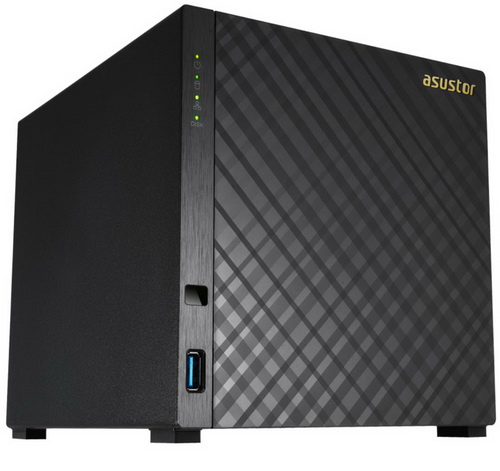
As NAS servers become more popular just like with any other segment of the industry competition between manufacturers grows even stronger and that means they are presented with two valid choices/options either design, manufacture and roll out brand new models or save both money and time by upgrading existing ones with the latest hardware components. This of course is nothing new since we've seen it countless times over the years in most areas of the industry from electronics like TV screens, speaker systems and PC related products up to even cars so it's really nothing we can or should complain about. ASUSTOR released the AS1004T NAS back in late 2016 and after a somewhat successful run they decided to give it a boost by upgrading its hardware components and releasing it once again as the AS1004T V2 model which has been with us for roughly two weeks.
Founded in 2011, ASUSTOR Inc. was established via direct investment from ASUSTeK Computer Inc. The ASUSTOR brand name was created as a portmanteau of “ASUS” and “Storage”. ASUSTOR is a leading innovator and provider of private cloud storage (network attached storage) and video surveillance (network video recorder) solutions, also specializing in the development and integration of related firmware, hardware and applications. We are devoted to providing the world with unparalleled user experiences and the most complete set of network storage solutions possible.
The first AS1004T NAS was aimed towards home users on a tight budget and although its Marvell Armada 385 1GHz dual-core SoC (system-on-chip) with its 512MB DDR3 SDRAM (not expandable) and 16MB flash module were plenty for that kind of use after 2 years ASUSTOR needed to keep up with the competition. Strangely enough however ASUSTOR didn't go to great lengths in order to upgrade the AS1004T and so the sole difference with the brand new AS1004T V2 (or at least the most visible one) is the higher clock of the Armada 385 dual-core SoC which is now set at 1.6GHz (still a 60% speed increase should yield some interesting results). Other than that pretty much everything else remains the same so the AS1004T V2 is equipped with 4 SATA III bays (can be configured in JBOD and RAID 0/1/5/6/10), 512MB DDR3 SDRAM (not expandable), 2 USB 3.0 ports and a single RJ45 Gigabit port. So let's move forward with our review and find out exactly what kind of performance bump one can expect from the AS1004T V2 (always compared to the original AS1004T).
SPECIFICATIONS AND FEATURES

PACKAGING AND CONTENTS
A large product picture is located at the front of the box right next to the specifications and main features of the AS1004T V2.
ASUSTOR showcases the easiest way to setup the NAS on the left side of the box via their AiMaster mobile app.
Centralized storage, remote access and multimedia streaming are all showcased on the right side.
Moving at the rear we also find a short list of available usages printed in 19 languages.
A thank you message from ASUSTOR and 5 2D barcodes pointing to various pages are the first things you will see once you open the box.
As always the NAS is wrapped inside a plastic bag and placed between two thick foam spacers (the rest of the bundle is placed inside another cardboard box).
Contained inside the box along with the AS1004T V2 NAS and its power adapter and cord are a single RJ-45 Ethernet cable, two small bags with HDD mounting screws, software/documentation CD and the user manual.
THE AS1004T V2
Measuring 218mm in depth, 164mm in width and 165mm in height the 1.5Kg heavy AS1004T V2 is identical to its predecessor.



The fascia is made out of plastic and has the company logo, activity LEDs (power, HDD, network and USB), USB 3.0 port and an IR receiver.



At the rear of the NAS we find a large 120mm exhaust fan, on/off power button, reset button, USB 3.0 port, RJ45 Ethernet port, Kensington lock and the DC in.
The NAS sits on 4 large rubber feet and as you can see the front end of the base is perforated.
Accessing the interior to mount the drives only requires you to remove the 4 rear thumbscrews and then slide both ends.
Just like the original AS1004T the V2 version features a slide-in design for the 4 drive bays.


Without taking apart the entire NAS it's very easy to see the CPU heatsink, 512MB DDR3 SDRAM module and the 16MB flash memory by Macronix.
SETUP
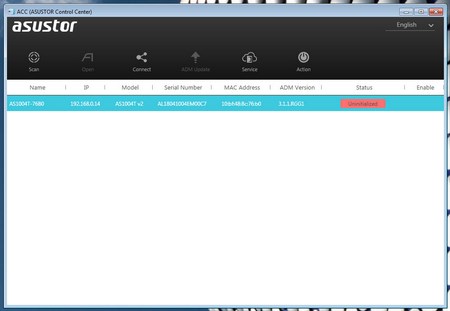
Although you can now use your smartphone to initialize the NAS we'll be doing things the old fashion way via the ASUSTOR Control Center and a web browser.
Of course in order to initialize the NAS an HDD is needed in bay 1.
The installation wizard will ask you to either update the firmware of the NAS automatically from the internet or manually (you will need to download it first) as seen above.
Next step will be to format the mounted drive, create partitions, install the firmware and restart the NAS.
After that you can choose between the fast 1-click setup and the custom setup (typically we followed the custom route).





Via the custom route you will need to set the server name (if you don't like the default one), server password, time zone, network options and configure the drives (single/RAID/JBOD) in order to proceed.
At the end of the setup procedure you can choose to automatically install apps based on the type of usage you plan for the NAS (Home/Personal or Business).
ADM 3.2.1.BJI2 PART 1
For this test we used the latest beta version of ADM to test the AS1004T V2 and the first thing you'll see is a privacy notification (thanks to the recent General Data Protection Regulation - GDPR - passed in the EU a few months back).
Just like previous versions the main screen includes all the applications installed by default.
ASUSTOR is now using an adjustable resource monitor.


You can also access the layout settings menu and logout, restart or shutdown the NAS from the admin selection on the far right of the top bar.
As with all ADM versions to date from the Access tab you can add/remove user accounts, groups, domain users, domain groups and you can also create shared folders and set application privileges.


The Activity Monitor allows the end user to monitor the NAS so from here you can check the available space on the installed drive(s), check the CPU/Memory/Network/disk usage/utilizations and see what processes are currently running.
From the App Central you can see which applications are currently installed and of course add many more.
Although the higher-end NAS models by ASUSTOR have around 300 available apps the AS1004T V2 currently has a total of 209.
You can access information regarding all aspects of the ADM OS from within the Online Help tab.
The Backup & Restore tab allows you to remote sync options, setup FTP/Internal/External backup jobs, configure the one touch backup (front USB port), use the cloud backup feature (via Amazon S3) and also adjust the system settings.
From the External Devices tab you can check the state of attached drives, format them, prepare them for ejection and you can also check the state/adjust the settings for attached printers, Wi-Fi adapters and UPS devices.
The File Explorer page allows you to upload and download files from and onto the NAS without much effort (although i do recommend mapping a drive letter from your network options in Windows since it simplifies things quite a bit).
Under the Services tab the end user can find several server options for Windows/Mac OSX/NFS/FTP Server/WebDAV/Web Server/MySQL Server/Terminal/ MariaDB (MYSQL compatible)/ Rsync/ SNMP (PHP cashing is supported) and SFTP use.
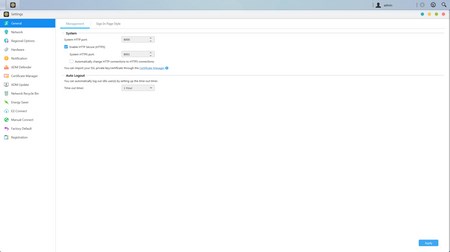




Pretty much everything else is placed inside the settings tab so from here you can adjust including the network settings, regional options, hardware options (LEDs/Buzzer/Fan control/Power settings), various notification options, ADM defender (firewall), certificate manager, ADM update (manual or automatic), network recycle bin, energy saver (drive standby mode/fan control/wake on LAN), EZ connect (remote access), factory default settings and product registration.
ADM 3.2.1.BJI2 PART 2


Everything related to the installed drives is placed inside the Storage Manager tab so here you can create and manage volumes (JBOD/RAID), check the state of the drives via SMART and use the iSCSI/LUN feature.


The system information tab does exactly as it says so from here you can check the model name and device status, check logs and even use the Dr. ASUSTOR feature (diagnostics).
You can sync data between your computer and NAS either locally or remotely via the EZ Sync Manager.
The SoundsGood application allows streaming of music onto all your connected mobile devices.




ASUSTOR has introduced cloud DataSync with DropBox, Google Drive, Microsoft OneDrive and OneDrive Business (of course you need to have valid accounts in order to use this feature).
From the Download Server tab not only can you download files using the BitTorrent Client but you can also use it to download files directly from HTTP/FTP.
The rather new VPN server software allows you to setup your very own secure virtual private network to which others may also connect.


ASUSTOR frequently adds more camera models in their Surveillance Center but it still needs work since it still failed to automatically detect any of our 4 installed IP cameras (2xLinksys, 2xTRENDnet). You can still do a manual setup (ONVIF compatibility) so it's a small inconvenience rather than a serious issue.
ANDROID/IOS APPS
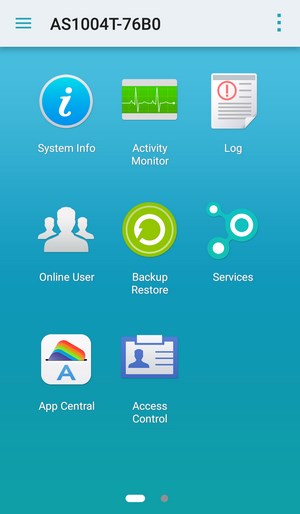








Just like in the past ASUSTOR still has several applications available for Android and iOS compatible devices including AiMaster which you can use to monitor and access most unit functions and details (you can also install apps from here), AiData which allows the user to access files stored in the NAS, AiDownload for HTTP and BitTorrent downloads, AiMusic for audio streaming, AiFoto for picture sharing (you can also create online albums and instantly backup taken pictures from your mobile device to the NAS), AiVideo which allows playback of media stored in the NAS and online/offline transcoding and the AiSecure app which grants you access to your IP camera feed (we recommend using the auto IP/NAS discovery with each app).
TESTING METHODOLOGY – PERFORMANCE RESULTS
Originally we had decided that since some of the NAS servers/devices we've tested in the past are no longer in our possession (naturally) we would keep performing the exact same testing methodology we did in the past for as long as possible in order to provide accurate comparison results. However since our real-life tests are not enough for some people we also decided to throw in ATTO and Crystal Disk Mark to cover the more demanding users. However as always we will be using a single Seagate Enterprise NAS 6TB SATA III hard disk drive and up to 8 Seagate IronWolf 12TB SATA III drives with 3.5” compatible units (we switched to 12TB models for RAID tests since July 2018) and up to two (for now) Enterprise Capacity 2.5 HDD V3 2TB SATA III HDDs with 2.5” compatible units to perform several upload/download tests with 10.9GB (Single) and 40,8GB (RAID) files. Tests are repeated a total of 4 times after which we record the average numbers (from the 4 peak ones) into our charts. The network device used for 1GbE tests is the same Netgear D7800 Gigabit VDSL Modem/Router we’ve been using lately when performing tests on NAS servers. Since the 25th of June 2015 for 10GbE tests we’ll be using a Netgear ProSafe XS712T 10G Smart Switch and an Intel XT540-AT2 10GbE PCIe card (10GbE compatible NAS cards will be provided from each company and stated in each review).
SINGLE DISK TESTS
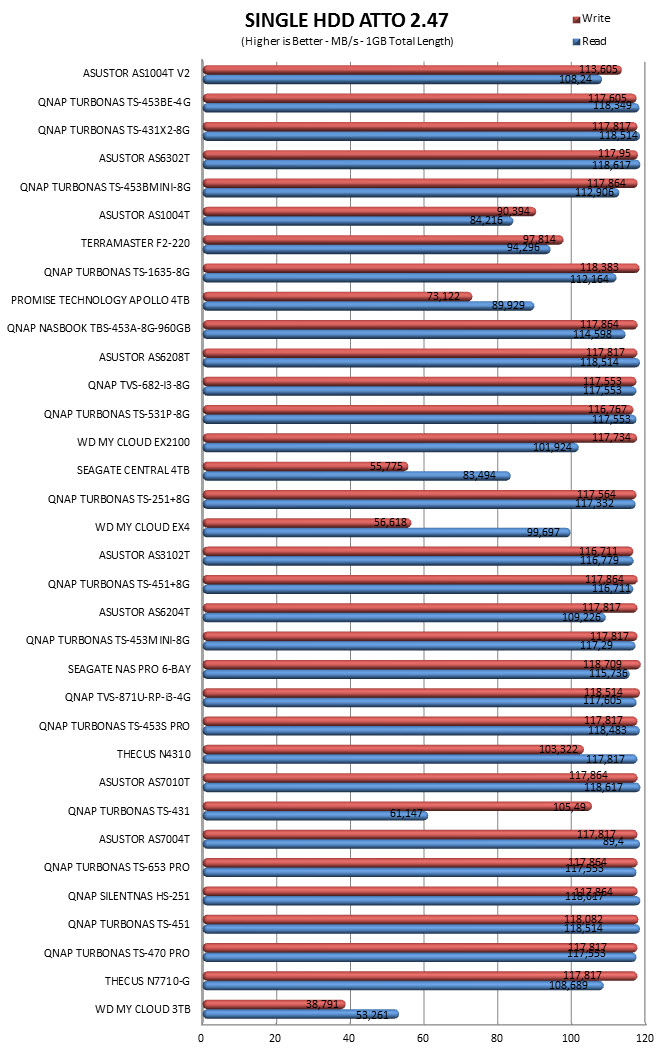


RAID TESTS



TEST RESULTS – TEMPERATURES / CONSUMPTION / NOISE



CONCLUSION
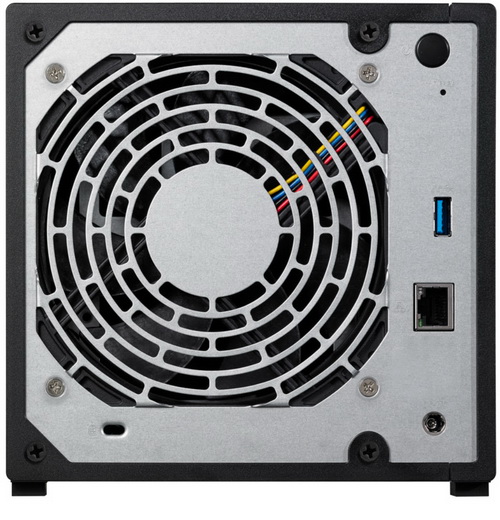
Whenever we get to test a product which effectively succeeds another there are two things we look for, how it compares to other similar models in general and how it compares to its predecessor. When I heard that the new AS1004T V2 just offered a higher clocked CPU compared to its predecessor I can’t say that I was impressed mainly because we all felt that the 512MB RAM of the original was too low (especially for 2018). Luckily both the fact that the AS1004T V2 is not really aimed for media playback (the lack of an HDMI output makes that clear right from the get go) and that the numbers advertised by ASUSTOR (20% overall performance gain) are right on the spot (in some of our tests we even saw as much as a 30% performance boost) mean that it doesn’t need more memory to perform all the tasks it was designed for. As for available apps with 209 currently in ADM there’s very little the AS1004T V2 can’t be used for while in terms of power consumption and noise levels it actually does slightly better overall compared to its predecessor.
The recently released AS1004T V2 NAS by ASUSTOR currently retails for USD239.99 inside the USA (Amazon.com) and for around 280Euros inside the EU meaning that it costs roughly the same as its predecessor when we reviewed it back in May 2017 (launch price was slightly higher). On top of that add its performance boost of around 20%, reduced noise levels and low power consumption and it’s really no wonder why the brand new AS1004T V2 is good enough for our Golden Award.

PROS
- Overall Performance (20% Overall Performance Boost)
- ADM v3 Operating System (User Friendly)
- Low Power Consumption & Noise Levels
- Android / iOS Apps
- Two USB 3.0 Ports
- Single / JBOD / RAID 0 / RAID 1 / RAID 5 / RAID 6 / RAID 10 Modes
CONS
- Compatible Only With 3.5” Drives
- Non Expandable RAM (Only 512MB)

 O-Sense
O-Sense





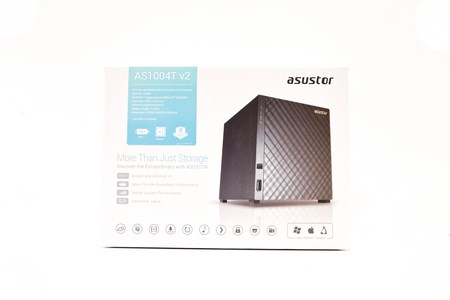















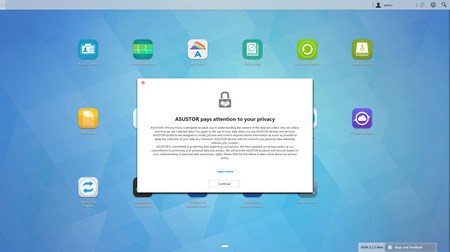
















.png)

